 Hope Savings Bank & Trust
Hope Savings Bank & Trust
Entry Category: Counties, Cities, and Towns
 Hope Savings Bank & Trust
Hope Savings Bank & Trust
 Hope Street Scene
Hope Street Scene
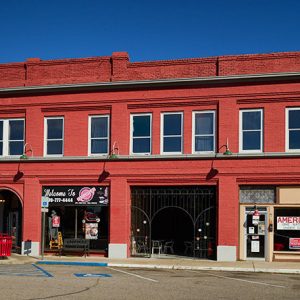 Hope Street Scene
Hope Street Scene
 Hope Utilities
Hope Utilities
Hopefield (Crittenden County)
Hopper (Montgomery County)
 Hopper Cemetery
Hopper Cemetery
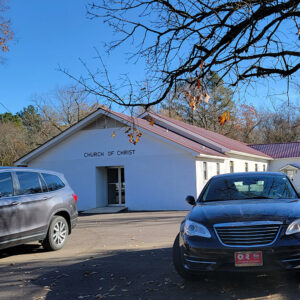 Hopper Church
Hopper Church
 Hopper Community Building
Hopper Community Building
 Hopper Street Scene
Hopper Street Scene
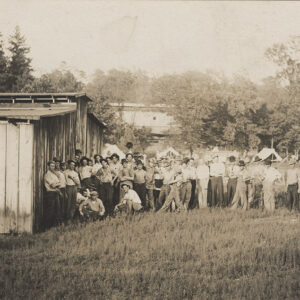 Horatio Peach Harvesters
Horatio Peach Harvesters
Horatio (Sevier County)
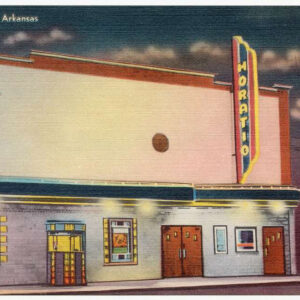 Horatio Theater
Horatio Theater
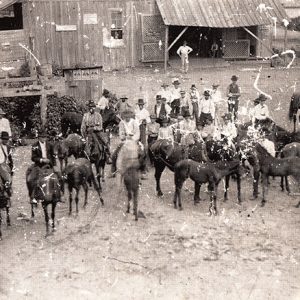 Horse Sale
Horse Sale
Horseshoe Lake (Crittenden County)
Hot Spring County
Hot Springs (Garland County)
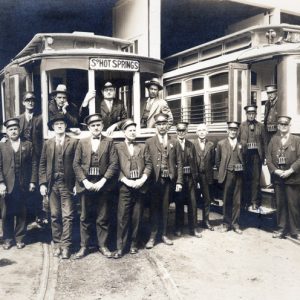 Hot Springs Conductors
Hot Springs Conductors
 Hot Springs Bathers
Hot Springs Bathers
 Hot Springs Buildings
Hot Springs Buildings
 Hot Springs Central Avenue
Hot Springs Central Avenue
 Hot Springs Central Avenue
Hot Springs Central Avenue
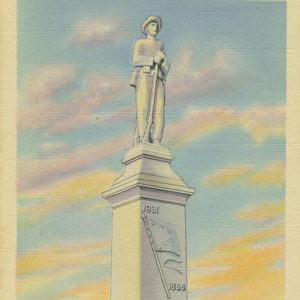 Hot Springs Confederate Monument
Hot Springs Confederate Monument
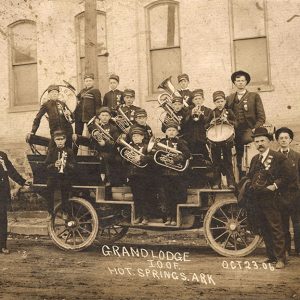 Hot Springs IOOF Lodge
Hot Springs IOOF Lodge
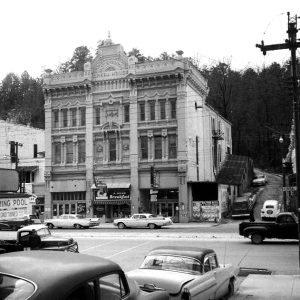 Hot Springs Opera House
Hot Springs Opera House
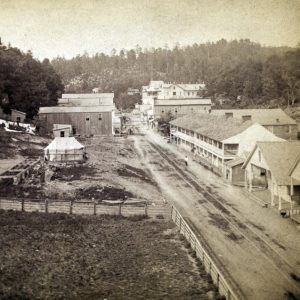 Hot Springs Street Scene
Hot Springs Street Scene
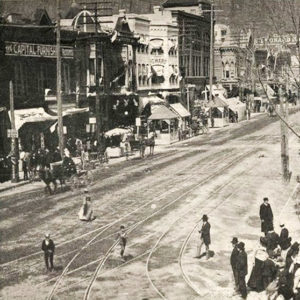 Hot Springs Street Scene
Hot Springs Street Scene
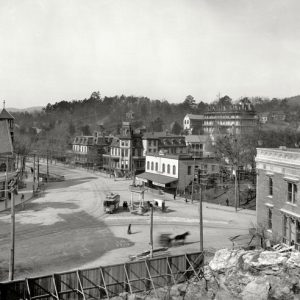 Hot Springs Trolley
Hot Springs Trolley
Hot Springs Village (Garland and Saline Counties)
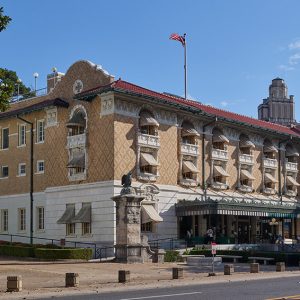 Hot Springs Visitor Center
Hot Springs Visitor Center
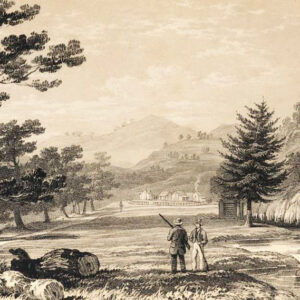 Hot Springs, Early Nineteenth Century
Hot Springs, Early Nineteenth Century
 Hotel Adrian
Hotel Adrian
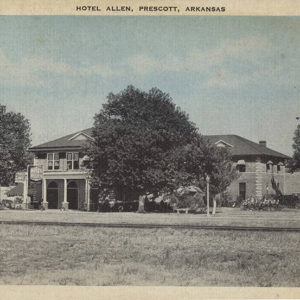 Hotel Allen
Hotel Allen
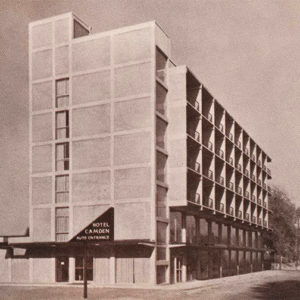 Hotel Camden
Hotel Camden
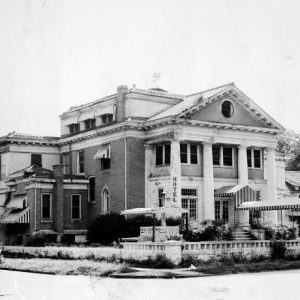 Hotel Charmaine
Hotel Charmaine
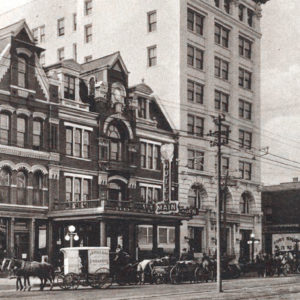 Hotel Main
Hotel Main
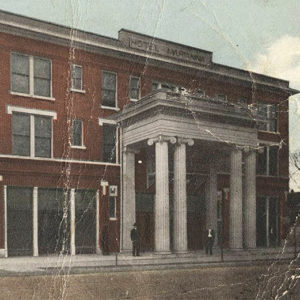 Hotel Marianna
Hotel Marianna
 Hotel Marion
Hotel Marion
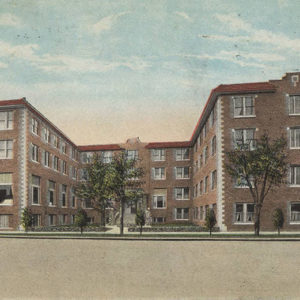 Hotel Noble
Hotel Noble
 Hotel Noble
Hotel Noble
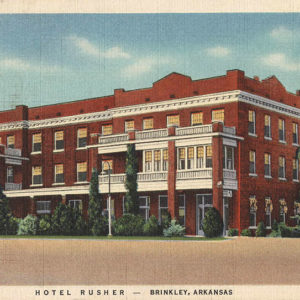 Hotel Rusher
Hotel Rusher
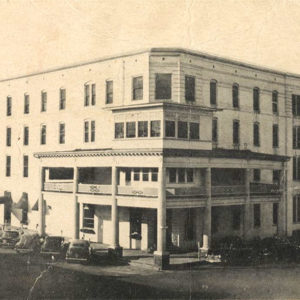 Hotel Savoy
Hotel Savoy
 Hotel Seville
Hotel Seville
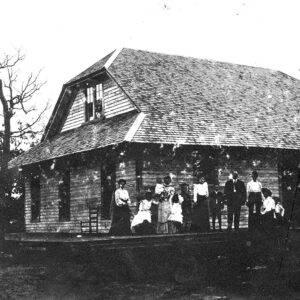 Hotel West End
Hotel West End
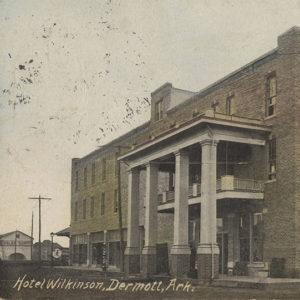 Hotel Wilkinson
Hotel Wilkinson
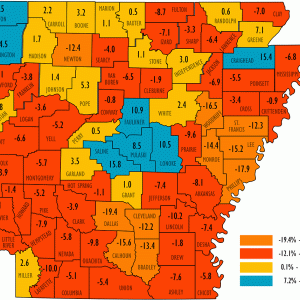 Housing Units Change 2020
Housing Units Change 2020
Houston (Perry County)
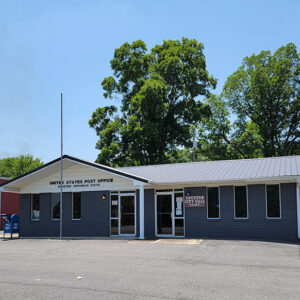 Houston City Hall and Post Office
Houston City Hall and Post Office
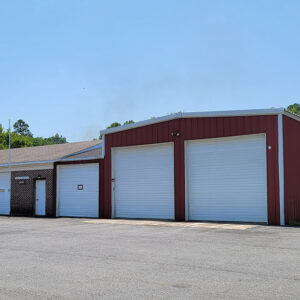 Houston Fire Department
Houston Fire Department
 Houston High School
Houston High School




